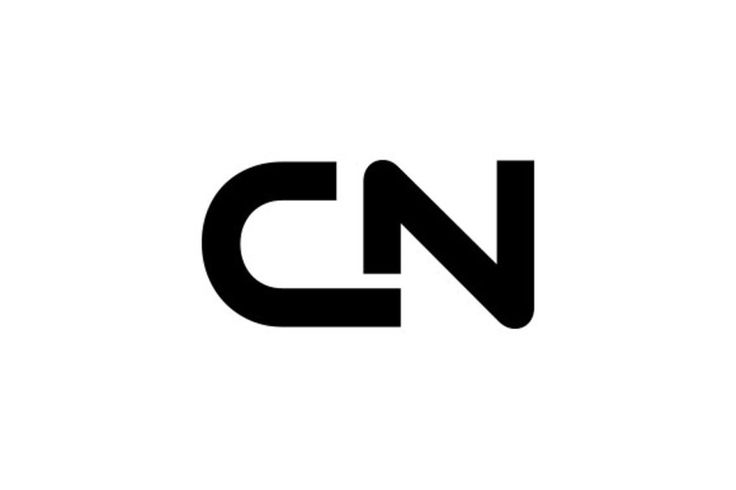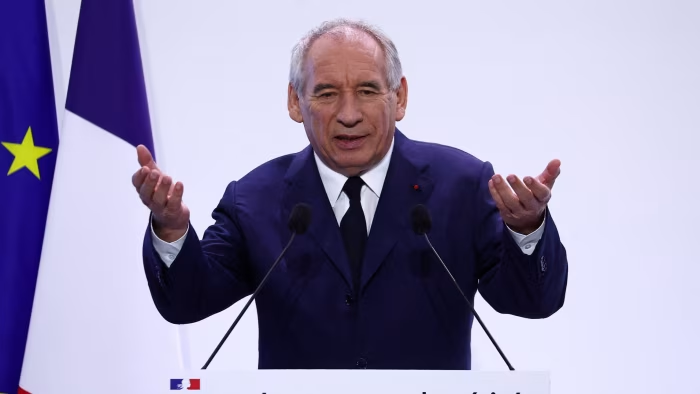Traders Cash In Big as U.S. Copper Tariff Sparks Frenzy

In a dramatic twist following President Trump’s announcement of a 50% tariff on copper imports starting August 1, major commodity traders—Trafigura, Mercuria, Glencore, and IXM—are positioned to reap an estimated $300 million windfall.
Within minutes of the tariff announcement, U.S. copper prices on the COMEX surged 13%, creating a staggering 28% premium over London Metal Exchange (LME) prices. This sharp disconnect made importing copper into the U.S. more profitable than ever. Traders capitalized on this by shipping approximately 600,000 tonnes of the metal into the U.S., leveraging the arbitrage opportunity .
By purchasing copper at LME prices, shipping it stateside, and selling at COMEX rates—even after covering logistics estimated at around $500 per tonne—traders realized profits of about $520 per tonne. This translates to roughly $312 million total gains .
A breakdown by company shows Trafigura and Mercuria each imported ~200,000 tonnes; Glencore contributed between 100,000–200,000 tonnes; and IXM handled over 50,000 tonnes. Notably, the massive import flow has tightened global supply, raising concerns for manufacturers outside the U.S.
This mirrors previous flashpoints in commodity markets after Trump’s tariffs on gold and aluminum. The unraveling arbitrage gap underscores the powerful—and sometimes disruptive—role of tariff policy in shaping global commodity flows .
Why it matters:
- Mega profits for traders: Structured correctly, this was one of the most lucrative commodity trades in decades.
- Supply chain ripple effects: Stockpiling in the U.S. drains inventory from global markets and may strain manufacturers abroad.
- Tariffs as catalysts: Sudden policy shifts ripple far beyond domestic markets, reshaping trade patterns and pricing.




